The Drenching Bit: A Key Tool in Early Veterinary Care
JBefore the advent of modern veterinary medicine, caring for large animals such as horses required a blend of ingenuity and specialized tools. One such tool, now largely forgotten, is the drenching bit. This device, once commonly found in old barns and rural veterinary kits, was essential for administering liquid medicines safely and effectively. In this article, we will delve into the history of the drenching bit, its functionality, and its pivotal role in early animal care.
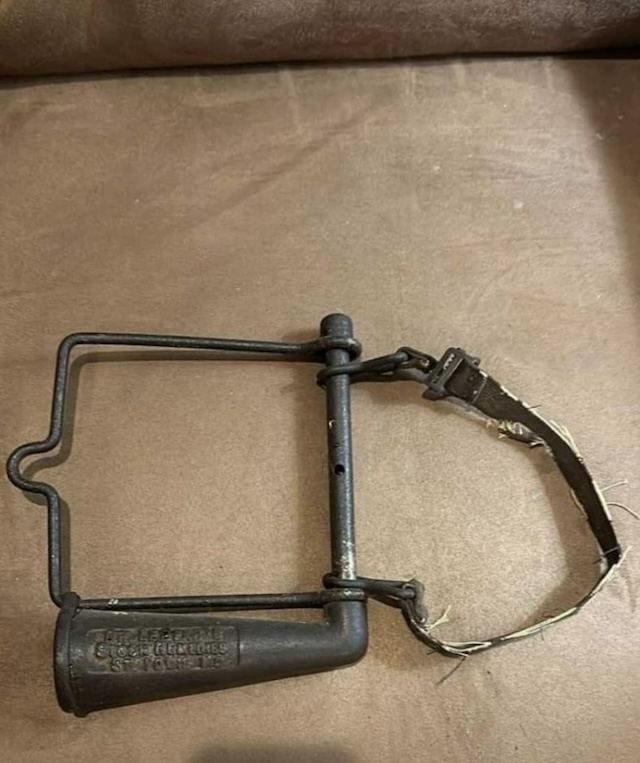
A Glimpse into Historical Animal Care
In the days before advanced veterinary treatments, managing the health of large animals like horses was no small feat. Horses were essential for transportation, agriculture, and even warfare during the 19th and early 20th centuries. With veterinarians often located far from rural areas, farmers and horse owners had to rely on practical solutions for animal care.
Horses played a central role in daily life, so ensuring their health and well-being was crucial. The challenge lay in the fact that horses are large, strong animals, and administering medicine, especially in liquid form, was no easy task. This is where the drenching bit came into play—offering a solution to a problem that many horse owners faced: how to safely deliver liquid medicine to a large animal.
What Is a Drenching Bit?
The drenching bit is a straightforward yet ingenious tool used to administer liquid medicine to horses. It consists of a metal bit designed to be placed in the horse’s mouth, connected to a tube or funnel for pouring the medicine. A strap is used to secure the bit around the horse’s head, preventing the animal from resisting or spitting out the medication.
The design of the drenching bit is simple yet highly effective. By ensuring that the horse’s mouth stays open and its throat remains aligned, it facilitated the smooth passage of liquid medicine, making the treatment process safer and more efficient.
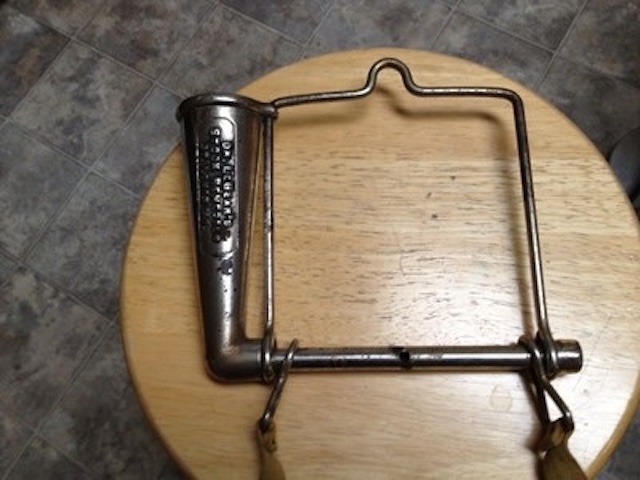
The History of the Drenching Bit for Horses
The drenching bit emerged in the 19th century, a time when horses were indispensable in various sectors, from farming to transportation. It became a vital tool for horse owners, particularly in rural areas where access to veterinary care was limited. The tool was designed specifically to overcome the challenges of administering liquid medications to horses, especially when large volumes of liquid were required for treatments like colic, dehydration, or poisoning.
During the 19th and early 20th centuries, horses were considered a valuable asset. Therefore, keeping them healthy was a priority. The development of the drenching bit ensured that horse owners could provide necessary treatments without needing specialized veterinary assistance. This practical solution played a crucial role in maintaining the health of horses during this period.
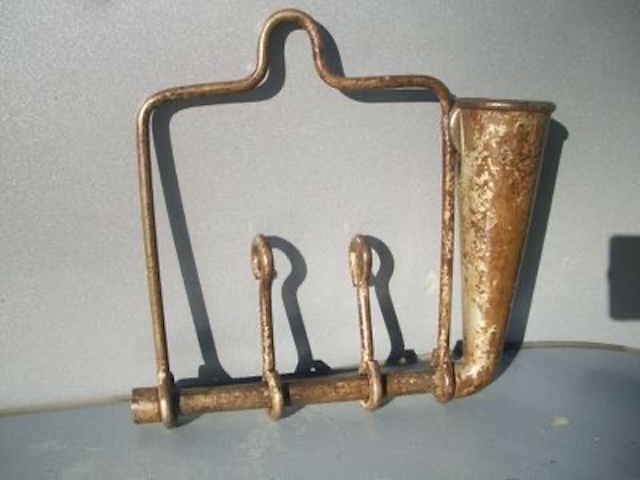
The Historical Role of the Drenching Bit
In the 19th and early 20th centuries, the drenching bit became an indispensable tool for horse owners. At a time when horses were central to life on the farm, in transport, and even in military operations, ensuring their health was crucial for the success of many industries. The drenching bit allowed horse owners to manage their animals’ health independently, administering medications effectively when needed.
The device played a particularly significant role in rural areas where professional veterinary care was not readily available. Farmers, ranchers, and horse owners relied heavily on tools like the drenching bit to address ailments in their horses. This simple tool bridged the gap between rudimentary care and more advanced veterinary practices.

How It Worked and Its Significance
The operation of the drenching bit was deceptively simple, yet highly effective. The metal bit was placed in the horse’s mouth, similar to a standard bridle bit, and a tube or funnel was attached to the device. This allowed handlers to pour liquid medication directly into the horse’s throat, ensuring proper delivery. The strap that held the bit in place prevented the horse from shaking it off or spitting out the medicine, which was crucial for ensuring the horse received the full dosage of the medicine.
The drenching bit’s design not only facilitated the smooth passage of liquid medications but also allowed horse owners to manage the health of their animals with greater ease. Before its introduction, administering liquid medications was a challenge that often led to spillage, wasted medicine, or incomplete treatment. With the drenching bit, these issues were minimized, ensuring more effective treatment of horses.
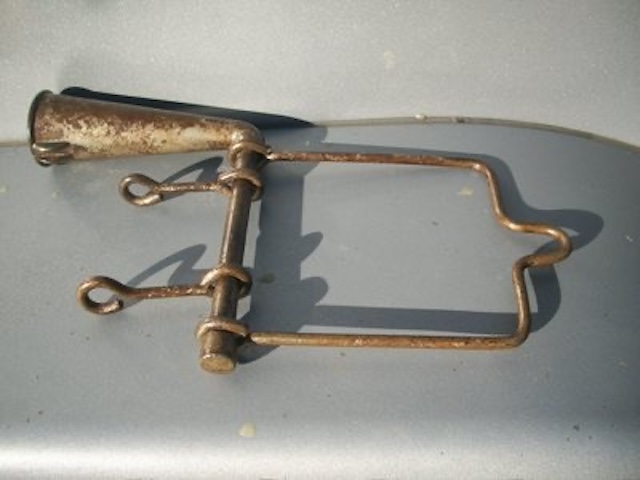
The Role of the Drenching Bit in Veterinary Practices
As veterinary practices evolved, so did the tools used in animal care. The drenching bit played a crucial role in the transition from traditional methods to more advanced veterinary practices. Before the rise of specialized veterinary clinics, horse owners and farmers had to rely on tools like the drenching bit to manage their animals’ health.
Veterinarians also used the drenching bit in their early practices, ensuring that horses received necessary treatments even before the development of more modern medical tools such as syringes or drench guns. The drenching bit provided a safe and efficient way to administer liquid medications to large animals, which was a critical factor in its widespread use during the time.

The Evolution of Veterinary Tools
As veterinary science advanced, new tools and techniques were developed that replaced the need for the drenching bit. Syringes, drench guns, and other modern equipment provided quicker, more efficient ways to deliver liquid medicines to horses and other large animals. These advancements drastically improved the speed and accuracy of treatments, reducing the reliance on manual tools like the drenching bit.
However, despite being replaced by newer methods, the drenching bit remains an important symbol of early veterinary practices. Collectors and historians value these vintage tools for their historical significance, appreciating their role in the evolution of animal care. The drenching bit represents a time when animal health management required resourcefulness and ingenuity, even without the modern technologies we rely on today.
Conclusion: The Lasting Legacy of the Drenching Bit
While the drenching bit may now seem like an outdated relic, it played a crucial role in the history of veterinary care. The device allowed horse owners to provide necessary medical treatment to their animals, particularly in rural areas where access to veterinarians was limited. It served as a bridge between traditional methods of animal care and the advanced veterinary practices that followed.
Today, the drenching bit stands as a testament to the ingenuity and dedication of those who cared for animals before the advent of modern veterinary technology. It reminds us of a time when practical tools were used to meet the demands of animal care, reflecting the resourcefulness of those who worked with animals daily. As we continue to advance in veterinary medicine, it’s important to appreciate the history and significance of tools like the drenching bit, which helped shape the evolution of animal care practices.
Share this content:

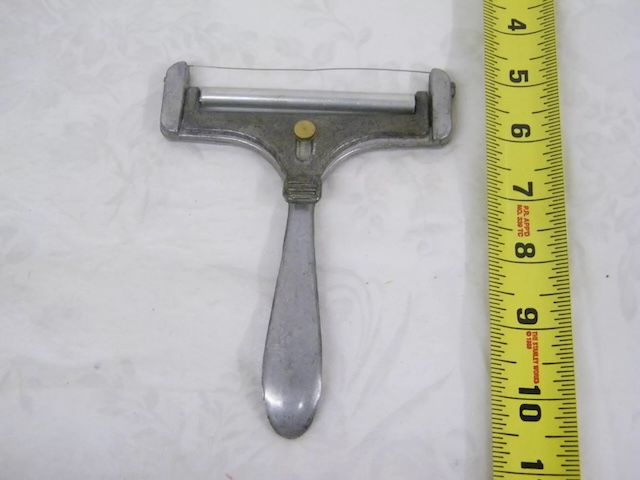







Post Comment